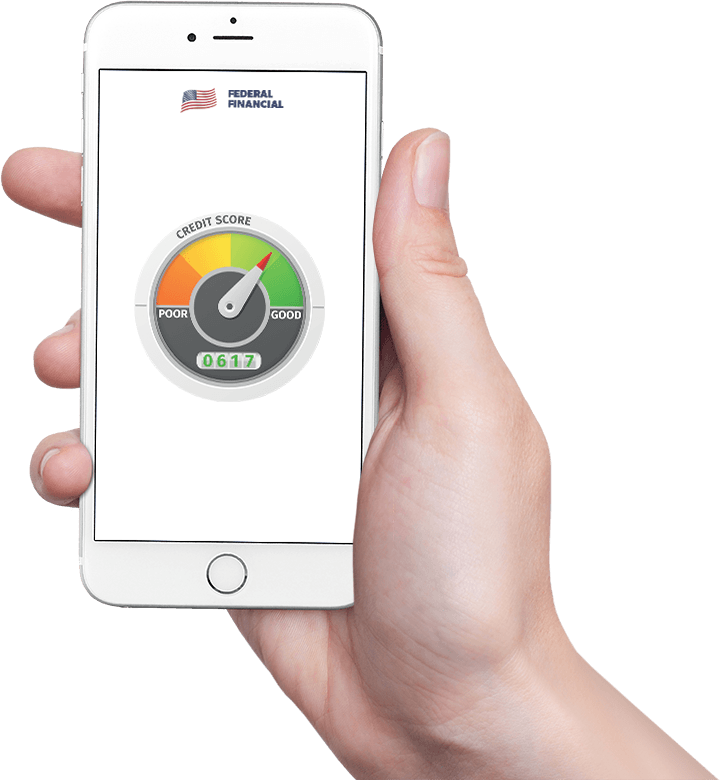Taking too long? Close loading screen.

FEDERAL FINANCIAL RELIEF Kimberly Cambell

July 20th
You want three easy-to-remember, effective ways to get a lower mortgage rate? You got it. Let’s take a look at the nuts and bolts of cost-effective mortgages that don’t break the bank.
It’s common sense—the better your credit score, the lower your interest rate will be.
For example, let’s use the loan rate calculator at myFICO. Let’s say we want to buy a $350,000 house in California, and we have a fantastic credit score of 840. Our estimated monthly payment on a 30-year fixed mortgage is $1,617.
If our score drops down to 620, our monthly payments shoot up just shy of $2,000. Even a smaller drop to 680 leaves us paying almost $30,000 more in interest over the course of our mortgage.
The total difference between perfect credit and 620? $117,000 in interest.
If your score isn’t as high as it could be, be prepared to spend more over the life of your mortgage.
Fixed-rate mortgages simply mean that your interest rate is locked for the entire duration of your mortgage. Both the amount that goes towards your principal balance and the portion paid toward interest remains the same.
It’s worth noting, however, that other fees like tax and insurance can change.
Meanwhile, adjustable-rate mortgages (ARMs) are the opposite. Your mortgage will have an introductory period of up to 10 years where your rates do not fluctuate, much like the first type of mortgage. After this period, your rates could go up or down depending on a set standard, such as the prime rate.
ARMs often have a lower introductory rate than fixed-rate mortgages, but the remainder of your loan’s interest isn’t set in stone. Yes, you could end up paying less long-term—but you could also wind up paying much more. If you’re not a gambler, stick with fixed rates.
One situation where an ARM would be beneficial is if you don’t plan on living in your new home for very long—before the introductory rate is up, for example. That way you’re taking advantage of the low rate and you can sell the house before uncertainty kicks in.
And while we’re talking about how long you plan on living in the home, let’s talk about points.
You pay 1% of your total mortgage as a one-time fee, and your lender lowers your interest rate by a certain amount. That’s a point, and they can be a great way to save cash for the long-term homeowner. But if you’re not sticking around for a few years, you’re not going to see those savings.
Improve your credit, save up for a big down payment, decide how long you’ll stay at your home, spend less on your mortgage. Simple, right?
Hey everyone I'm Kimberly. I help people take full advantage of free programs and loopholes from governments and organizations. There are billions of dollars available to help people just like you. See if you're eligible today!
Introducing Federal Financial CreditRestore +
Poor credit costs you big. Higher car payments, more credit card interest, you name it. Get your credit fixed NOW with the official Federal Financial CreditRestore + program and get your financial life back on-track.
Sign up today and take full advantage—initial consultation is totally FREE.
Take Advantage
Questions? Get in touch
Recent Comments